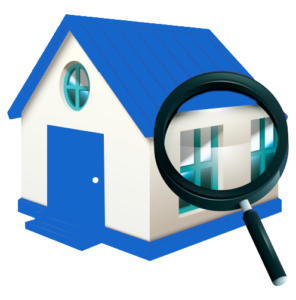WHAT WE CHECK ON A STANDARD HOME INSPECTION
A standard home inspection is a non-invasive, visual inspection of a structure. We inspect for defects or issues with the structure and its components, then provide you with a digital photo report for your review. We always say typically the pictures do all the talking, all the comments reflect the pictures, we are here to just provide the accurate information. Our standard home inspection covers over 1,800 items, Please review our Standards of Practice below.
Standards of Practice
A home inspection includes the readily accessible systems and components, or a representative number of multiple similar components listed in Sections 1 through 9 subject to the limitations, exceptions, and exclusions in Part III.
SECTION 1 – Foundation, Basement, and Under-floor Areas
A. Items to be inspected :
1. Foundation system|
2. Floor framing system
3. Under-floor ventilation
4. Foundation anchoring and cripple wall bracing
5. Wood separation from soil
6. Insulation
B. The Inspector is not required to:
1. Determine size, spacing, location, or adequacy of foundation bolting/bracing components or reinforcing system.
2. Determine the composition or energy rating of insulation materials.
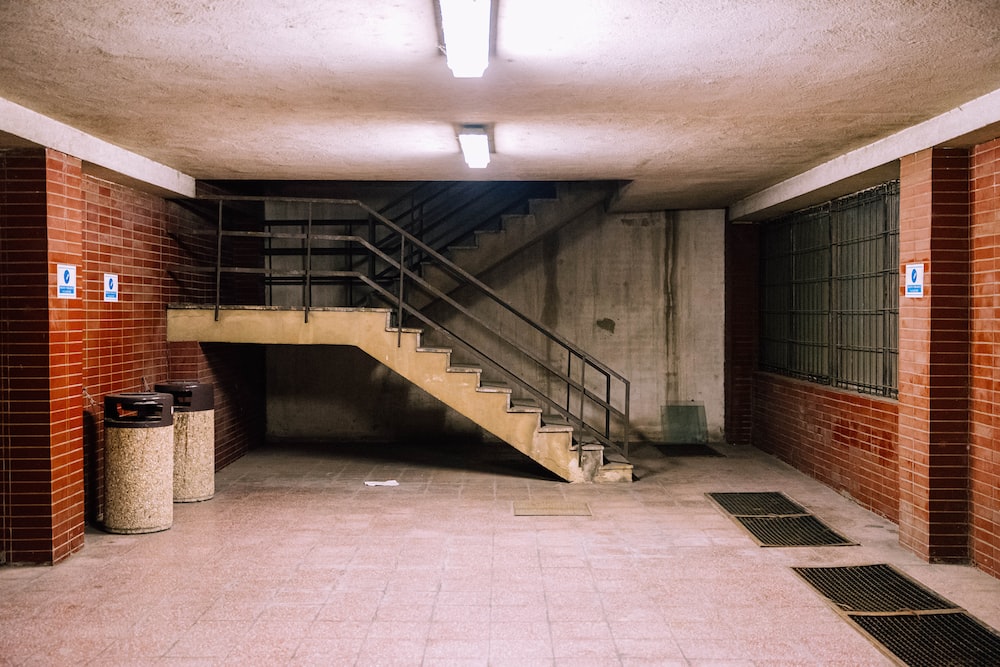

Exterior
A. Items to be inspected :
1. Surface grade directly adjacent to the buildings
2. Doors and windows
3. Attached decks, porches, patios, balconies, stairways and their enclosures, handrails and guardrails
4. Wall cladding and trim
5. Portions of walkways and driveways that are adjacent to the buildings
6. Pool or spa drowning prevention features, for the sole purpose of identifying which, if any, are present.
B. The Inspector is not required to:
1. Inspect door or window screens, shutters, awnings, or security bars
2. Inspect fences or gates or operate automated door or gate openers or their safety devices
3. Use a ladder to inspect systems or componen
4. Determine if ASTM standards are met or any drowning prevention feature of a pool or spa is installed properly or is adequate or effective.
5. Test or operate any drowning prevention feature.
Roof Covering
A. Items to be inspected :
1. Covering
2. Drainage
3. Flashings
4. Penetrations
5. Skylights
B. The Inspector is not required to:
1. Walk on the roof surface if in the opinion of the Inspector there is risk of damage or a hazard to the Inspector
2. Warrant or certify that roof systems , coverings, or components are free from leakage

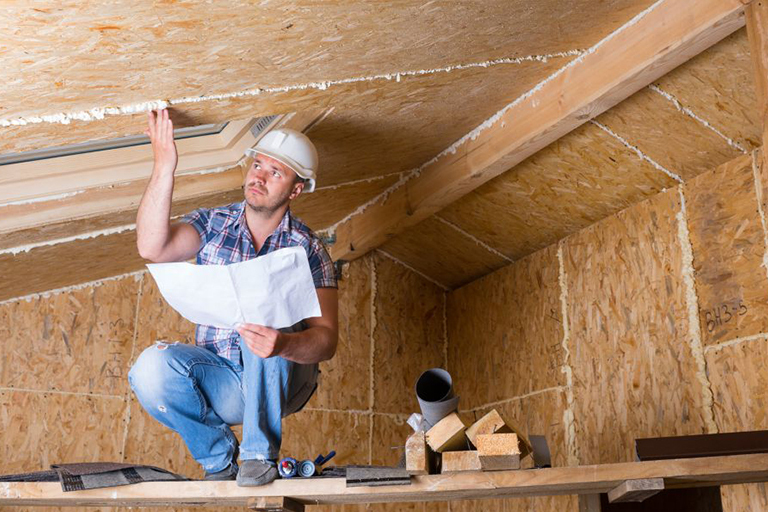
Attic Areas and Roof Framing
A. Items to be inspected :
1. Framing
2. Ventilation
3. Insulation
B. The Inspector is not required to:
1. Inspect mechanical attic ventilation systems or compone
2. Determine the composition or energy rating of insulation materials
Plumbing
A. Items to be inspected :
1. Water supply piping
2. Drain, waste, and vent piping
3. Faucets, toilets, sinks, tubs, showers
4. Fuel gas piping
5. Water heaters
B. The Inspector is not required to:
1. Fill any fixture with water, inspect overflow drains or drain-stops, or evaluate backflow devices, waste ejectors, sump pumps, or drain line cleanouts
2. Inspect or evaluate water temperature balancing devices , temperature fluctuation, time to obtain hot water, water circulation, or solar heating systems or components
3. Inspect whirlpool baths, steam showers, or sauna systems or components
4. Inspect fuel tanks or determine if the fuel gas system is free of leaks
5. Inspect wells, private water supply or water treatment systems
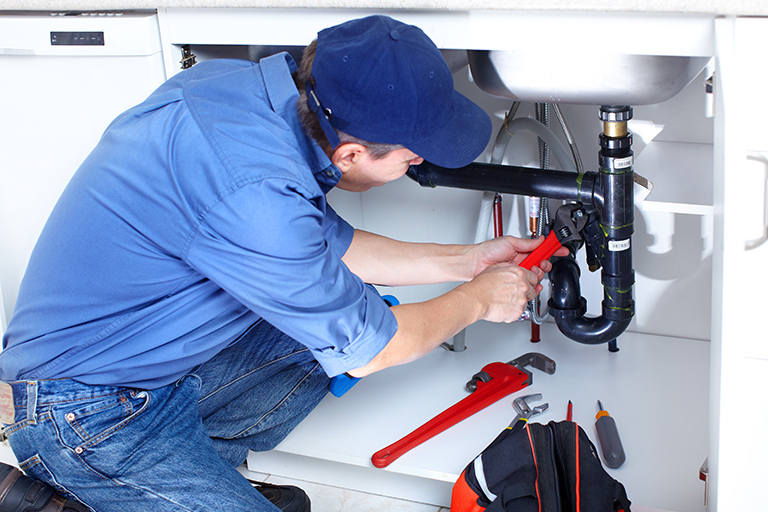
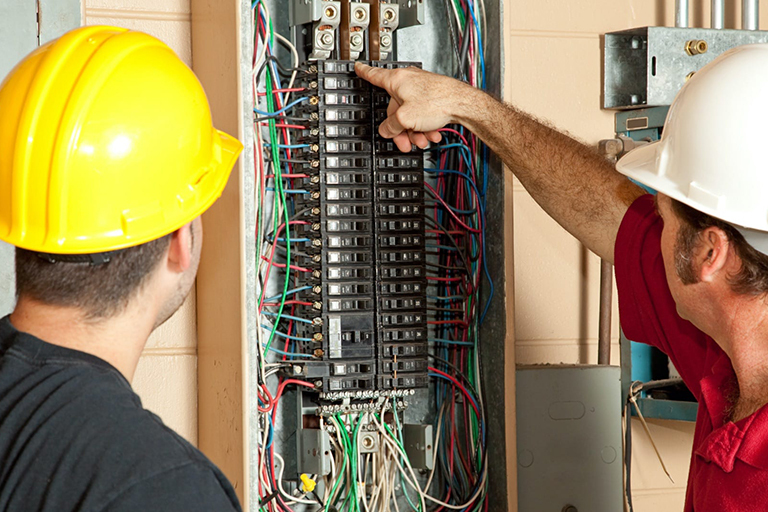
Electrical
A. Items to be inspected :
1. Service equipment
2. Electrical panels
3. Circuit wiring
4. Switches, receptacles, outlets, and lighting fixtures
B. The Inspector is not required to:
1. Operate circuit breakers or circuit interrupters
2. Remove cover plates
3. Inspect de-icing syst
4. Inspect onsite electrical generation or storage or emergency electrical supply systems or components
Heating and Cooling
A. Items to be inspected :
1. Heating equipment
2. Central cooling equipment
3. Energy source and connections
4. Combustion air and exhaust vent systems
5. Condensate drainage
6. Conditioned air distribution systems
B. The Inspector is not required to:
1. Inspect heat exchangers or electric heating elements
2. Inspect non-central air conditioning units or evaporative coolers
3. Inspect radiant, solar, hydronic, or geothermal systems or componen
4. Determine volume, uniformity, temperature, airflow, balance, or leakage of any air distribution system
5. Inspect electronic air filtering or humidity control systems or components
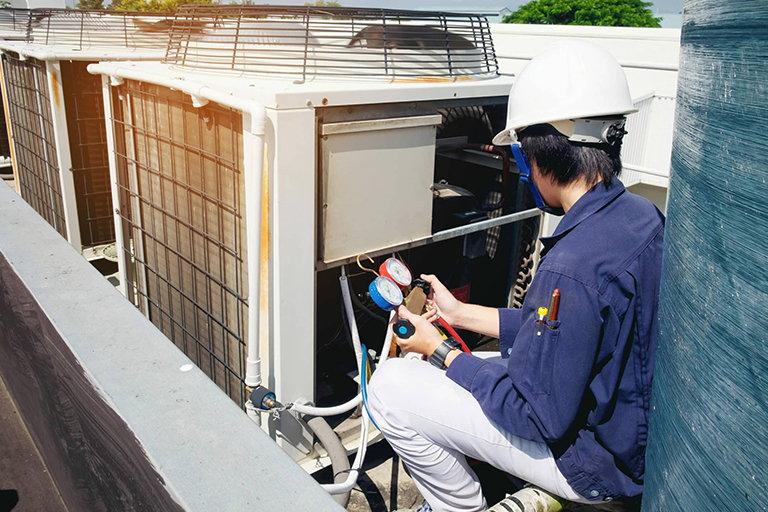
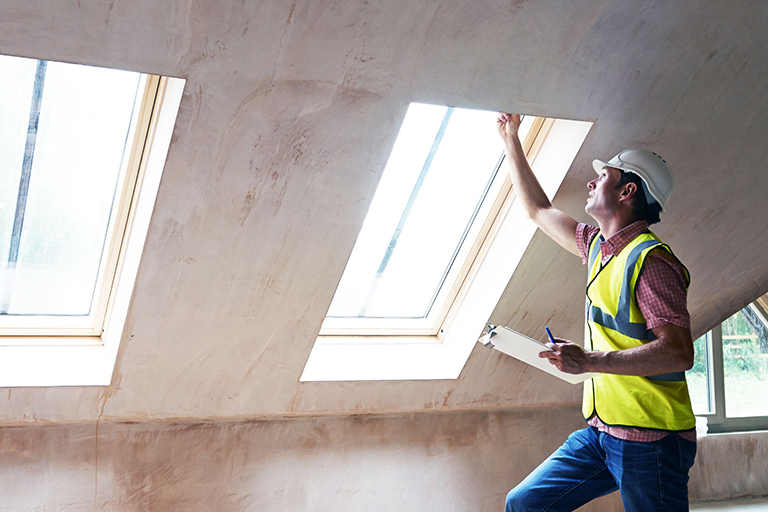
Building Interior
A. Items to be inspected :
1. Walls, ceilings, and floors
2. Doors and windows
3. Stairways, handrails, and guardrails
4. Permanently installed cabinets
5. Permanently installed cook-tops, mechanical range vents, ovens, dishwashers, and food waste disposals
6. Absence of smoke and carbon monoxide alarms
7. Vehicle doors and openers
B. The Inspector is not required to:
1. Inspect window, door, or floor coverings
2. Determine whether a building is secure from unauthorized entry
3. Operate , test or determine the type of smoke or carbon monoxide alarms or test vehicle door safety devices
4. Use a ladder to inspect systems or componen
Fireplaces and Chimneys
A. Items to be inspected :
1. Chimney exterior
2. Spark arrestor
3. Firebox
4. Damper
5. Hearth extension
B. The Inspector is not required to:
1. Inspect chimney interiors
2. Inspect fireplace inserts, seals, or gaskets
3. Operate any fireplace or determine if a fireplace can be safely used
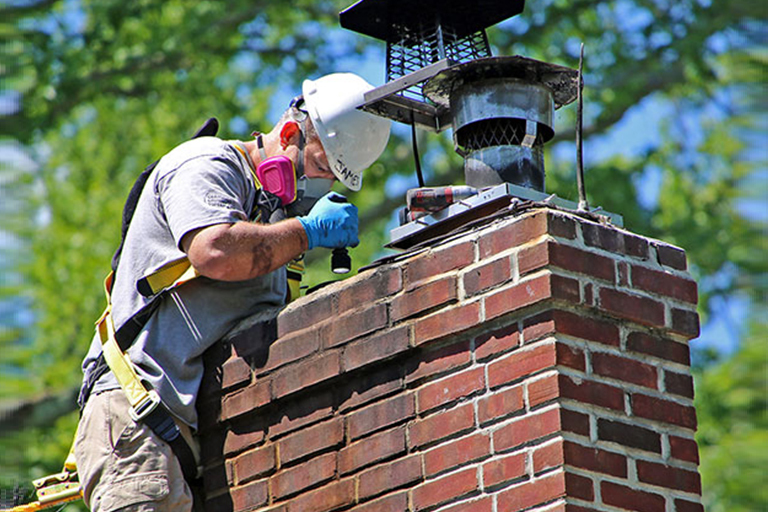
Part III. Limitations, Exceptions, and Exclusions
A. The following are excluded from a home inspection :
1. Systems or components
2. Site improvements or amenities, including, but not limited to; accessory buildings, fences, planters, landscaping, irrigation, swimming pools, spas, ponds, waterfalls, fountains or their components or accessories
3. Auxiliary features of appliances beyond the appliance’s basic function
4. Systems or components
5. Common areas as defined in California Civil Code section 1351, et seq., and any dwelling unit systems or components loc
6. Determining complianc
7. Determining adequacy, efficiency, suitability, quality, age, or remaining life of any building , system , or component , or marketability or advisability of purchase
8. Structural, architectural, geological, environmental, hydrological, land surveying, or soils-related examinations
9. Acoustical or other nuisance characteristics of any system or component of a building , complex, adjoining property, or neighborhood
10. Wood Destroying Organisms (WDO) including termites or any insect, as well as rot or any fungus, that damage wood. Under California law, only an inspector licensed by the Structural Pest Control Board is qualified or authorized to inspect for any rot or termite activity or damage. You are advised to obtain a current WDO report and must rely on that report for any potential rot or termite activity and recommendations for repair.
11. Risks associated with events or conditions of nature including, but not limited to; geological, seismic, wildfire, and flood
12. Water testing any building , system , or component or determine leak
13. Determining the integrity of hermetic seals or reflective coatings at multi-pane glazing
14. Differentiating between original construction or subsequent additions or modifications
15. Reviewing or interpreting information or reports from any third-party, including but not limited to; permits, disclosures, product defects, construction documents, litigation concerning the Property, recalls, or similar notices
16. Specifying repairs/replacement procedures or estimating cost to correct
17. Communication, computer, security, or low-voltage systems and remote, timer, sensor, or similarly controlled systems or componen
18. Fire extinguishing and suppression systems and compon
19. Elevators, lifts, and dumbwaiters
20. Lighting pilot lights or activating or operating any system , compo
21. Operating shutoff valves or shutting down any system or component
22. Dismantling any system , structure or component or removing access panels other than those provided for homeowner maintenance
B. The Inspector may, at his or her discretion:
1. Inspect any building ,
2. Include photographs in the written report or take photographs for Inspector’s reference without inclusion in the written report. Photographs may not be used in lieu of written documentation.
IV. Glossary of Terms
*Note: All definitions apply to derivatives of these terms when italicized in the text.
Appliance:An item such as an oven, dishwasher, heater, etc. which performs a specific function
Building:The subject of the inspection and its primary parking structure
Component: A part of a system, appliance, fixture, or device
Condition: Conspicuous state of being
Determine: Arrive at an opinion or conclusion pursuant to a home inspection
Device:A component designed to perform a particular task or function
Fixture: A plumbing or electrical component with a fixed position and function
Function: The normal and characteristic purpose or action of a system, component, or device
Home Inspection: Refer to Part I, ‘Definitions and Scope’, Paragraph A
Inspect: Refer to Part I, ‘Definition and Scope’, Paragraph A
Inspector:One who performs a home inspection
Normal User Control: Switch or other device that activates a system or component and is provided for use by an occupant of a building
Operate: Cause a system, appliance, fixture, or device to function using normal user controls
Permanently Installed: Fixed in place, e.g. screwed, bolted, nailed, or glued
Primary Building:A building that an Inspector has agreed to inspect
Primary Parking structure:A building for the purpose of vehicle storage associated with the primary building
Readily Accessible: Can be reached, entered, or viewed without difficulty, moving obstructions, or requiring any action which may harm persons or property
Representative Number: Example, an average of one component per area for multiple similar components such as windows, doors, and electrical outlets
Safety Hazard: A condition that could result in significant physical injury
Shut Down:Disconnected or turned off in a way so as not to respond to normal user controls
System: An assemblage of various components designed to function as a whole
Technically Exhaustive: Examination beyond the scope of a home inspection, which may require disassembly, specialized knowledge, special equipment, measuring, calculating, quantifying, testing, exploratory probing, research, or analysis

